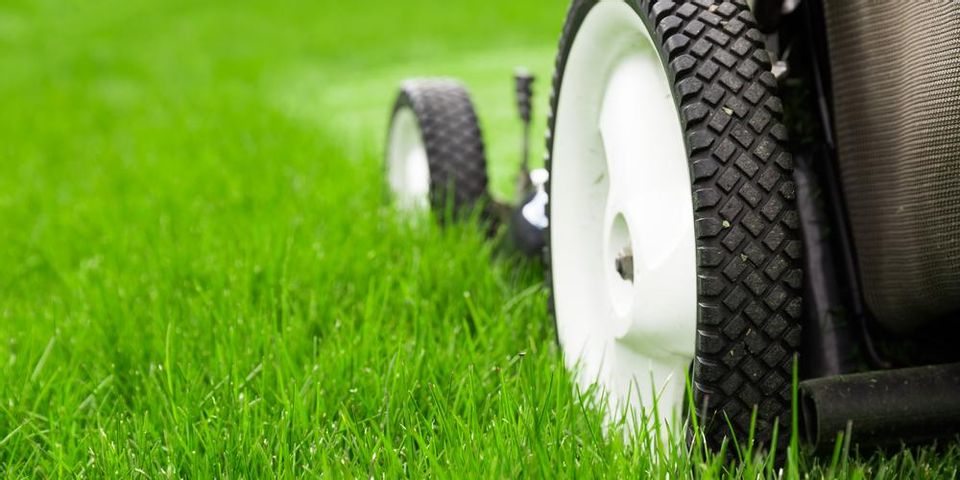3 Lawn Health Tips to Help Your Grass Survive the Summer

Ever wonder….. “what can I do to help my lawn survive summer?”
Lawns perform best in temperatures between 60 degrees and 75 degrees Fahrenheit. Low soil moisture and increased temperatures between the months of June and August are very stressful for our lawns, but they are resilient and will recover with minimal injury if proper lawn health treatment plans are implemented prior to and after the onset of stress. Below are three of the most important answers to your question “What can I do to help my lawn survive the summer”?
1. Don't Cut Too Short
Whether you cut the lawn yourself or hire a service avoid the mistake of ever cutting the grass too short especially in the summer. Longer grass is better equipped to harness the energy it needs to grow and protect the soil from the sun and excessive dehydration. It will have a thicker, healthier, denser root system to draw more moisture from the ground and tolerate more stress than thin, short turf. Mow at the highest setting possible certainly no lower than 3.5”, don’t mow too often, keep blades sharp and if you do end up with a lot of clippings rake them up.
2. Don't Over Water
Many homeowners assume that during the heat good lawn health requires more frequent watering. However, too much water can be worse than too little, stressing the root system and making the grass susceptible to disease. When watering your lawn, consider the following:
- It is far better to water for longer periods of time and less frequently.
- Your lawn needs 1 inch of water per week to maintain its lush green color and maintain healthy roots.
- If your lawn starts to show signs of stress such as color
 loss, grass becomes dry or brittle increase the amount of water per week to 1 ½ to 2 inches.
loss, grass becomes dry or brittle increase the amount of water per week to 1 ½ to 2 inches. - Check water penetration by pushing a screwdriver in to the soil easy to push equals good penetration hard to push keep watering. You want water to penetrate 4 – 6 inches in to the soil.
- The best time to water is the early morning hours (between 5am - 9am).
- Using a rain gauge to monitor how much water Mother Nature contributes will help you to know how much or if you need to contribute as well.
3. Treat Your Lawn Right All Year Long
Be proactive not reactive lush, healthy lawns are created in the fall through the winter and on in to spring, once summer is here it is too late to do anything helpful but water. All lawns require a well-choreographed plan of protection from disease, insects, dreaded weeds, in addition to, the proper nutrients to grow healthy and strong. Timing, product quality, distribution rates and knowledge are everything. Don’t fall for the “silver bullet” approach featured in the advertisements that flood your inbox and mailbox this fall and spring, there is no one bag of fertilizer or grass seed that does it all for ever. Treat your lawn with the respect it deserves after all it provides the ultimate curb appeal, not to mention it is where your children and pets play. Treat your lawn right all year long by having a plan.
The local lawn health experts at R & T Lawn Services, Inc have years of experience giving families throughout Denver, NC, & the Lake Norman area lawns that are healthy, safe and they can be proud of year-round. Visit their website for a full list of their comprehensive services today, get more lawn health treatment tips on their Facebook page, or call (704) 589-0713 for a lawn health review and recommended lawn health treatment plan today.
About the Business
(16 reviews)
Have a question? Ask the experts!
Send your question

